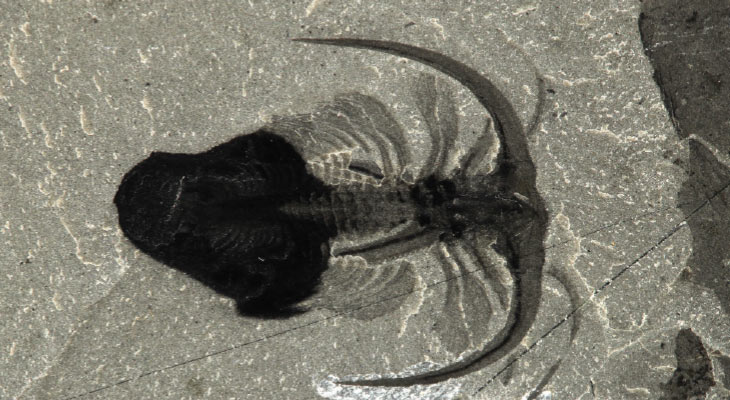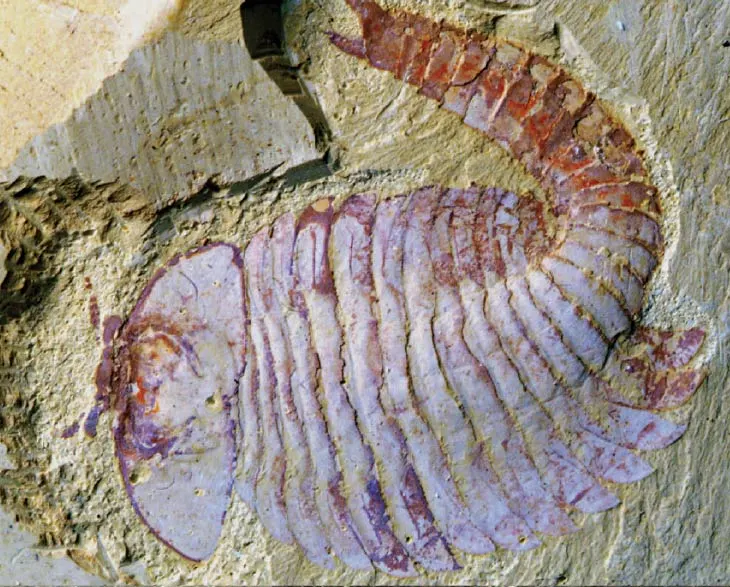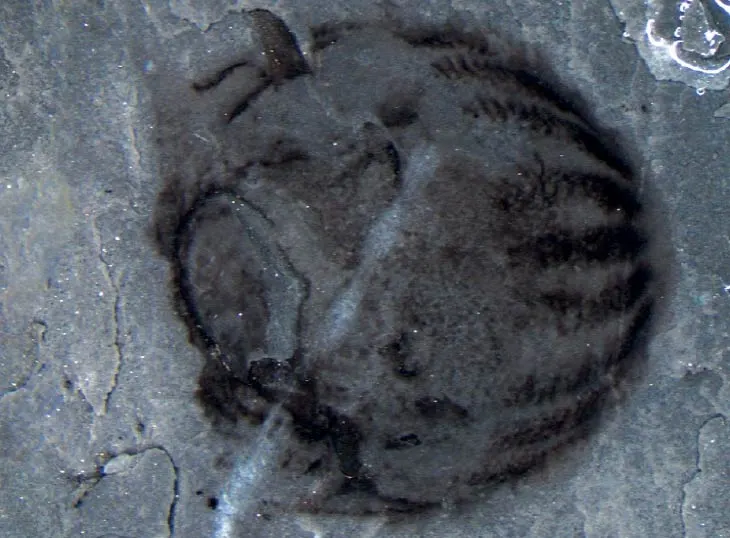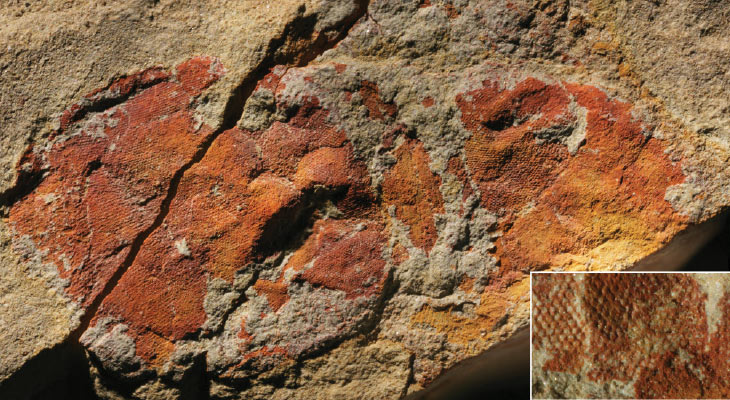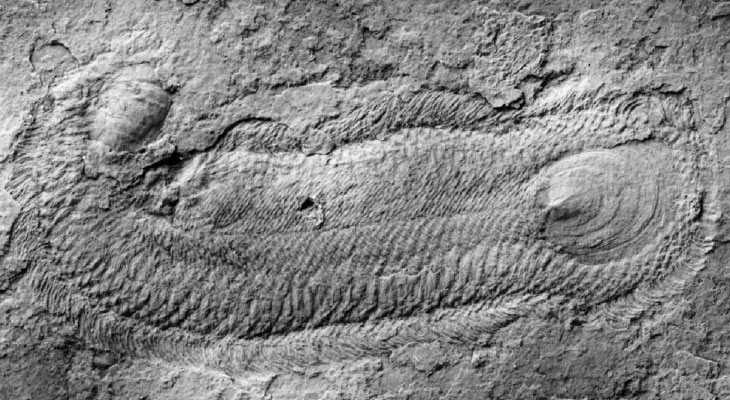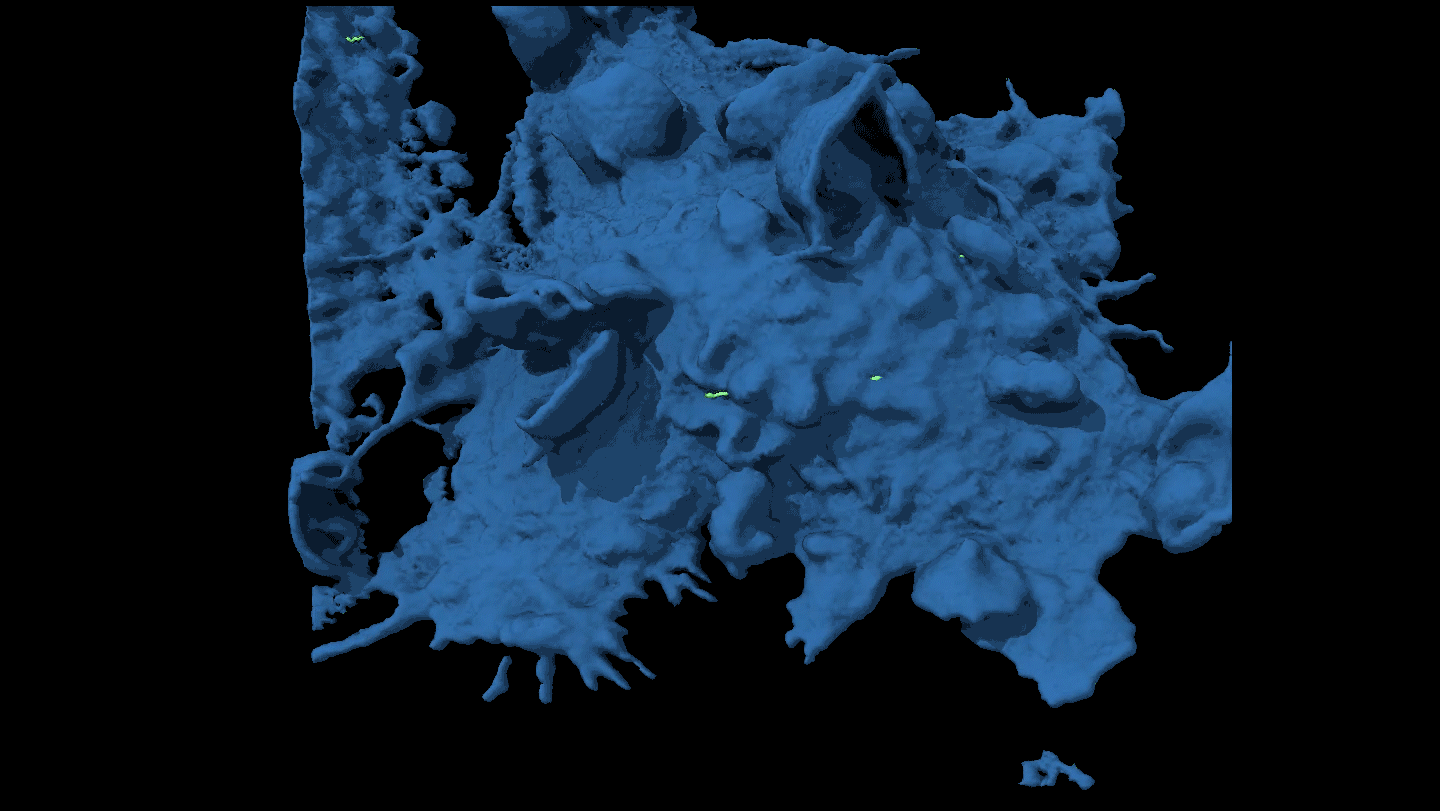See beautiful fossils from top Cambrian sites around the world
You’ve heard of the Burgess Shale, but what about Sirius Passet?
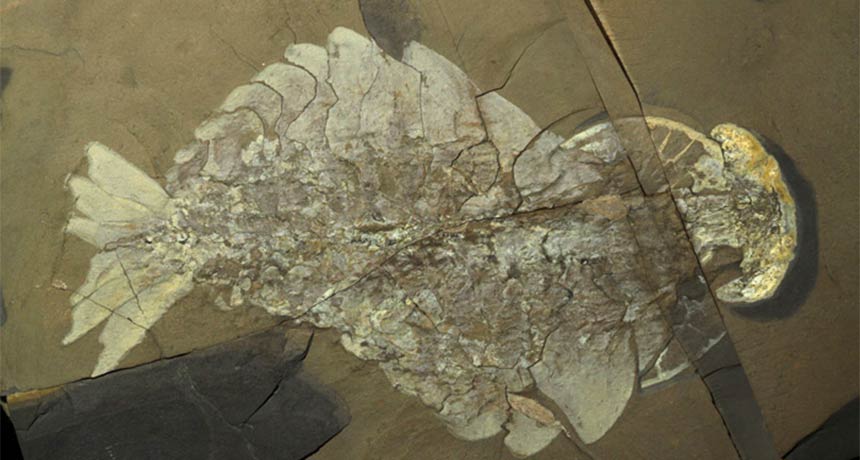
ANCIENT PREDATOR The shrimplike arthropod Anomalocaris was a giant in its time, up to a meter in length. This fossil was found in pieces in the Burgess Shale — scientists once thought that pieces bearing its mouth, tail and feeding appendages came from three different creatures.
© JEAN-BERNARD CARON/ROYAL ONTARIO MUSEUM
